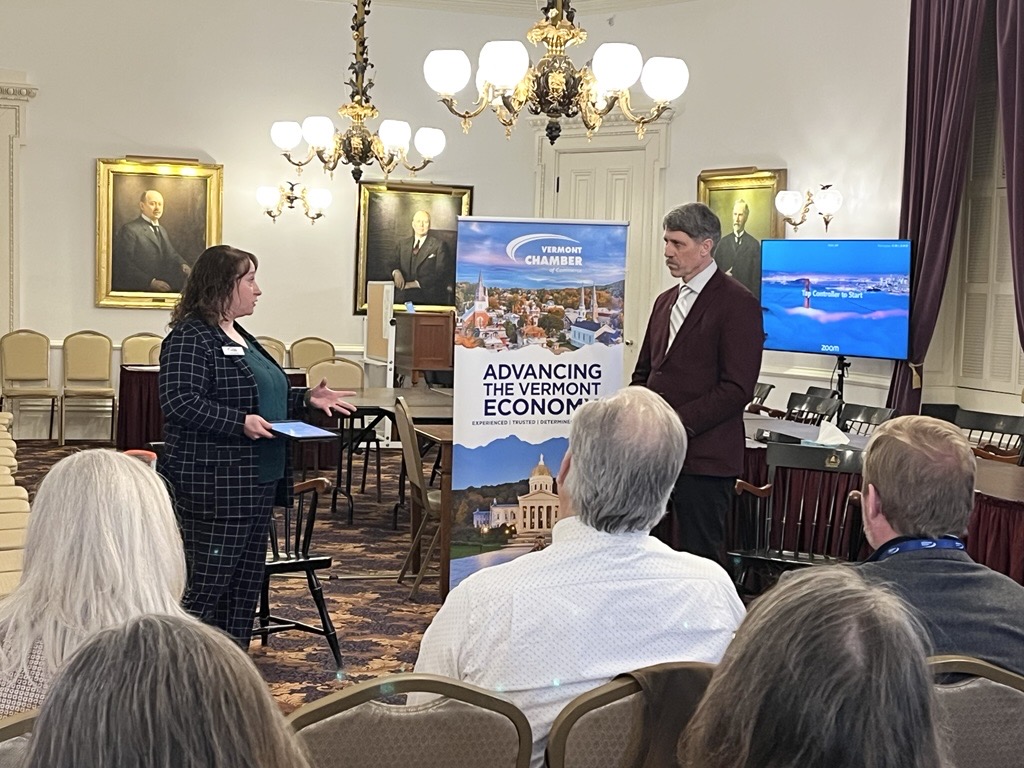The State of Manufacturing in January
While inflation may have softened in December, it remains high as we begin 2023, causing manufacturers to navigate an economy in flux. The industry is facing workforce and housing shortages, persistent inflation, supply chain challenges, increased raw material costs, a looming debt ceiling crisis, geopolitical conflict, and risk of recession.
While inflation fell for the sixth straight month (from 7.1% in November to 6.5% in December, according to the Consumer Price Index), consumer prices only fell 0.1% and inflation remains high. Personal consumption expenditures prices (core prices), excluding food and energy prices, rose 0.3% in December and are up 5.7% on an annual basis, according to the U.S. Chamber of Commerce. A decrease in gas prices of 9.4% could be what caused the drop in inflation in December. We can expect the Federal Reserve to focus on additional interest rate hikes to further cool the resilient economy, but it’s unclear how long this tactic will work.
According to the ISM Manufacturing Purchasing Manager’s Index, manufacturing saw a decrease in activity for the second straight month, dropping from 49% in November to 48.4% in December. Production also saw a decrease for the first time since May 2020, with orders and exports falling to post-pandemic lows.
Unemployment continues to remain low, falling from 3.6% in November to 3.5% in December. Workers continue to feel confident about quitting their jobs, causing businesses and manufacturers to continue to struggle to find workers. Nationally, there are 4.45 million more job openings than job seekers, after 4.2 million workers quit their jobs in November. However, hiring in the manufacturing industry paints a brighter picture, after adding 8,000 jobs in December.
In Vermont, housing presents a challenge for the industry when trying to retain and attract employees, and money alone cannot fix the problem. Breaking down barriers, such as modernizing Act 250 and streamlining both permitting and zoning, is needed to provide housing for the missing middle-income earners.
Looking towards the road ahead, Congress and the White House have five months to raise the debt ceiling on the U.S. Federal debt. Aside from extraordinary measures being taken by the U.S. Treasury Department and debt negotiations, the world could face a financial crisis and a global recession if a deal is not reached. If the U.S. defaults on its debt and becomes insolvent, there will be a crisis of confidence in the U.S. dollar as the world’s reserve currency.
In the meantime, the World Bank lowered its growth forecast for the global economy from a slow of 3% in June to 1.7%, as inflation persists and raises the risk of a worldwide recession. Global inflation is starting to cool but continues to remain historically high.
While the current state of the economy and difficulties facing the industry continue to paint an uncertain picture, there are indicators of a positive trajectory. For example, consumer sentiment continues to remain historically low, but saw an increase for the second consecutive month, rising from 59.7% in December to 64.6% in January. Additionally, year-over-year wholesale prices rose 6.2% in December, down from 7.3% in November, a hopeful sign that pressures on inflation will continue to ease.
SHARE THIS ARTICLE
RECENT NEWS



